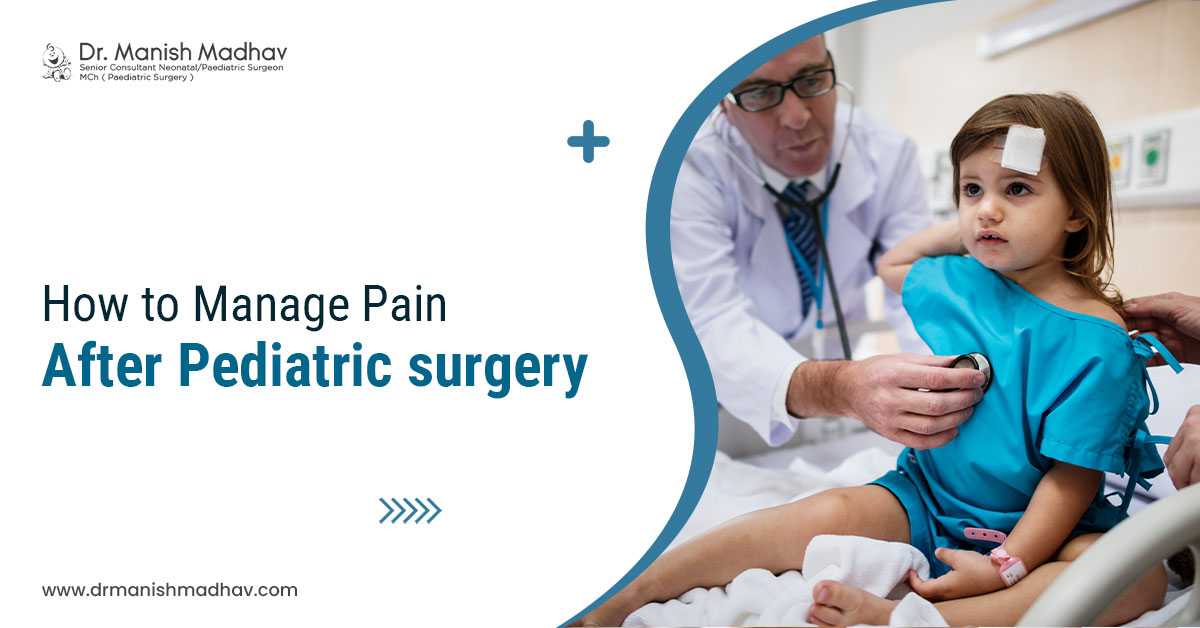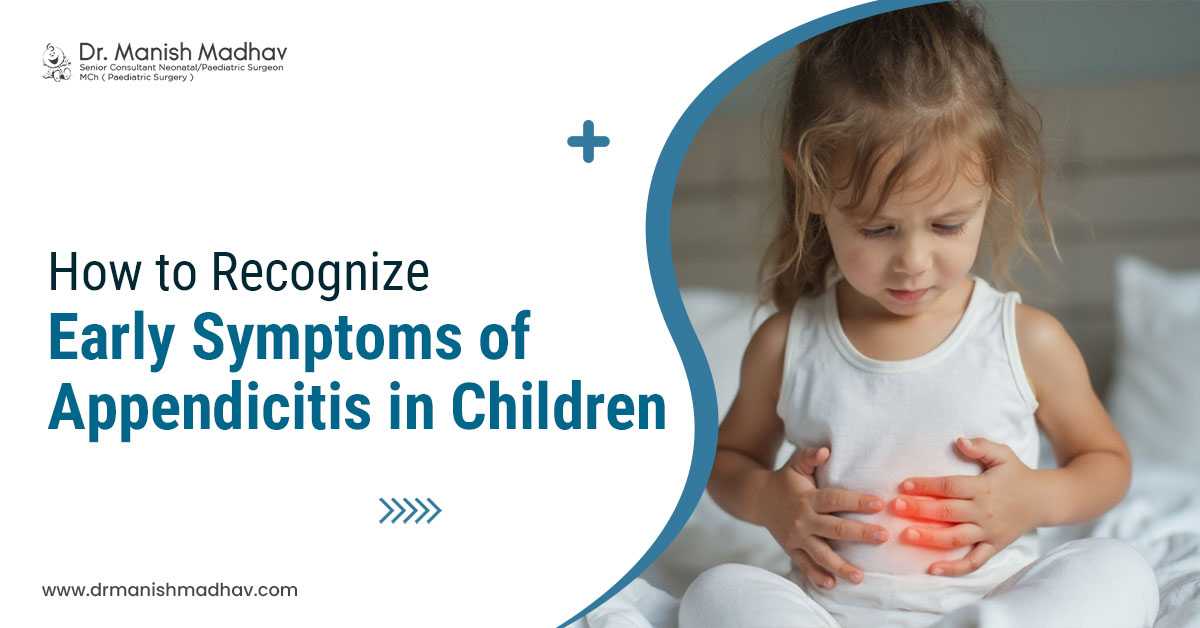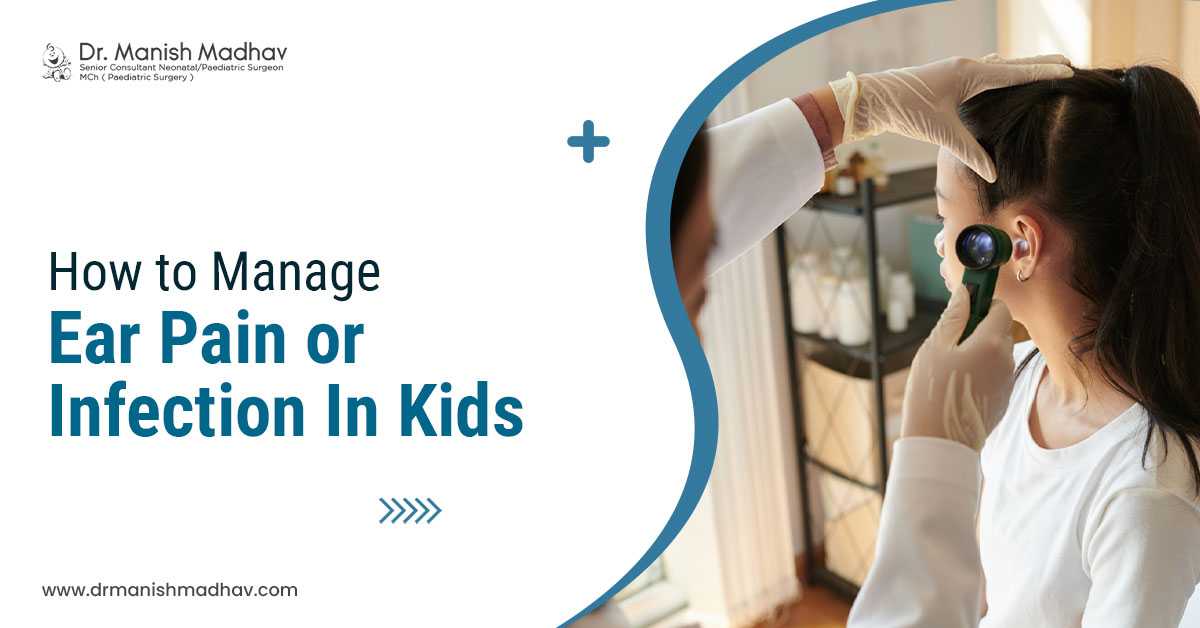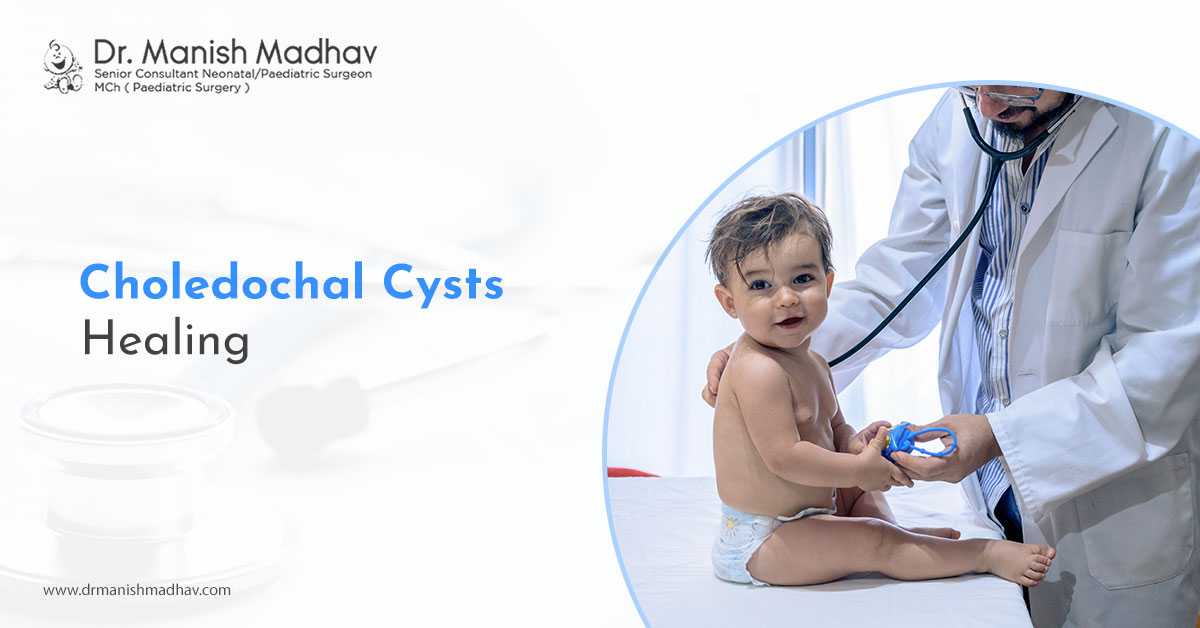Regardless of age, there’re health conditions that are acquired. In other instances, health conditions are inherited. Choledochal cysts refer to enlargements of the bile duct. This bile duct is responsible for transporting bile to the small intestine through the liver and gallbladder.
This medical condition is a congenital anomaly of the bile duct. Simply put, it’s a birth defect. The liver that produces aids in digestion. But with this swelling, liver issues occur. Plus, this condition can lead to pancreas inflammation. Paediatric doctors may suggest specialized treatments. For hepatobiliary surgeries in Siliguri, reach out to a paediatric surgeon.
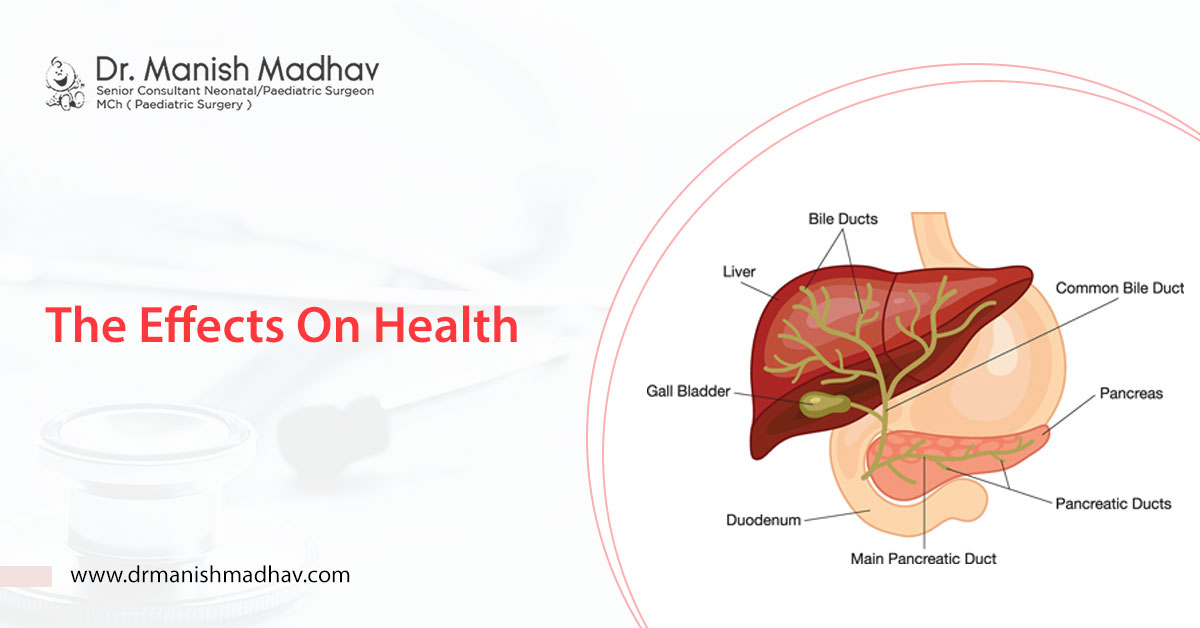
Pancreas Inflammation
This issue is rare and inflammatory in nature. Different studies have included that girls are more likely to develop it. Pancreatitis is one of the conditions caused by this congenital anomaly. Pancreas inflammation, medically termed pancreatitis, may result in – intense upper abdominal pain, periodic or persistent pain, nausea, and vomiting.
Acute pancreatitis is more common in kids. And this is a less severe form of it. Generally, this issue brings about no long-standing damage to the pancreas. While on the other side, chronic pancreatitis tends to develop progressively. The scarring and damage it causes to the pancreas can be permanent.
Signs and symptoms of chronic pancreatitis in kids may include intense abdominal pain, nausea, vomiting, weight loss, diabetes, and jaundice. However, the last three symptoms are the long-term impacts of this condition on health. For hepatobiliary surgeries in Siliguri, visit the leading paediatric surgeon.
Knowing the Five Types of Choledochal Cysts
Given below are the classifications:
- Type 1 – cysts involving the extrahepatic bile duct, the most common classification that holds up to 90% of all choledochal growths
- Type 2 – isolated diverticulum extending outwards from the common bile duct
- Type 3 – cysts development inside the duodenum (the first part of the small intestine)
- Type 4 – cysts development involving both the intrahepatic and extrahepatic bile duct
- Type 5 – cystic dilation involving the intrahepatic bile duct
Symptoms Caused by Choledochal Cysts
These choledochal cysts can develop in any of the parts of bile duct inside the liver. When it comes to symptoms, it may occur soon after birth or may not occur for several years.
Infants or older children may get:
- Pain occurs in the upper belly on the right side
- Soft abdominal mass
- Yellowing colour of the eyes, skin; signs of jaundice
- Fever, nausea, vomiting
- Pale-coloured stools
- Belly pain that comes and goes
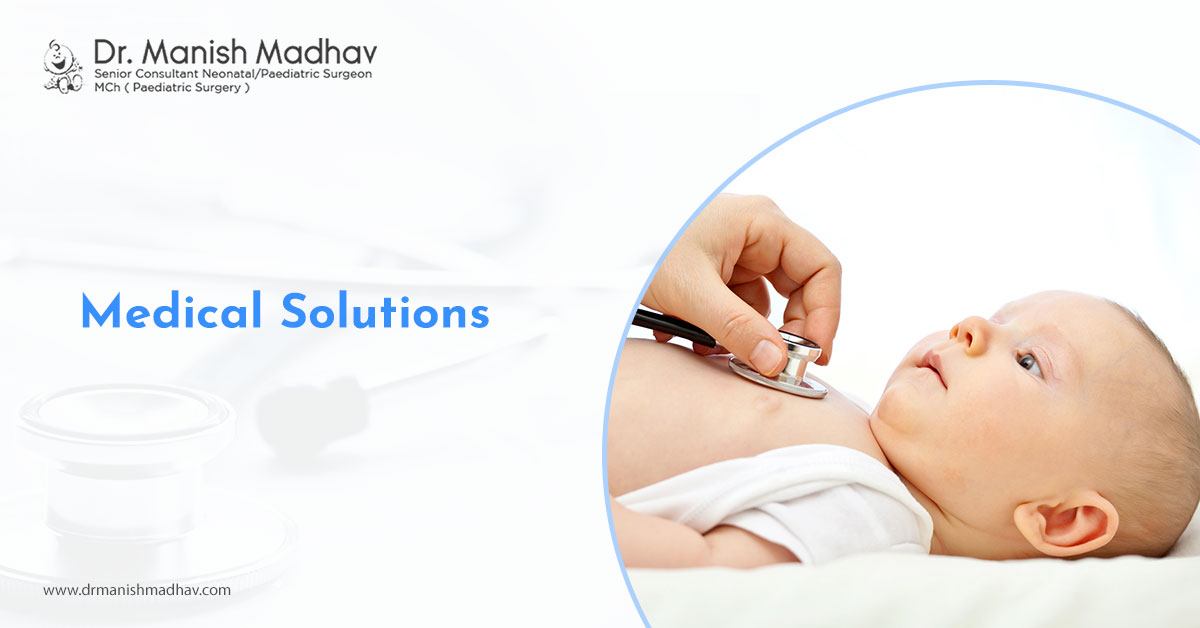
Diagnosis & Medical Care
In order to diagnose choledochal cysts, the pediatrician may go for an ultrasound before the child is born. Other diagnostic procedures may include a CT scan, and cholangiography after birth. You may consult one of the best pediatric surgeons in Siliguri for your child. For choledochal cysts, surgical removal is required.
Specialists may recommend hepatobiliary surgery to relieve biliary system concerns that include the liver, bile duct, pancreas, and gallbladder. Such surgeries come in many forms. Upon health monitoring, doctors order one. Expect optimal healing.

